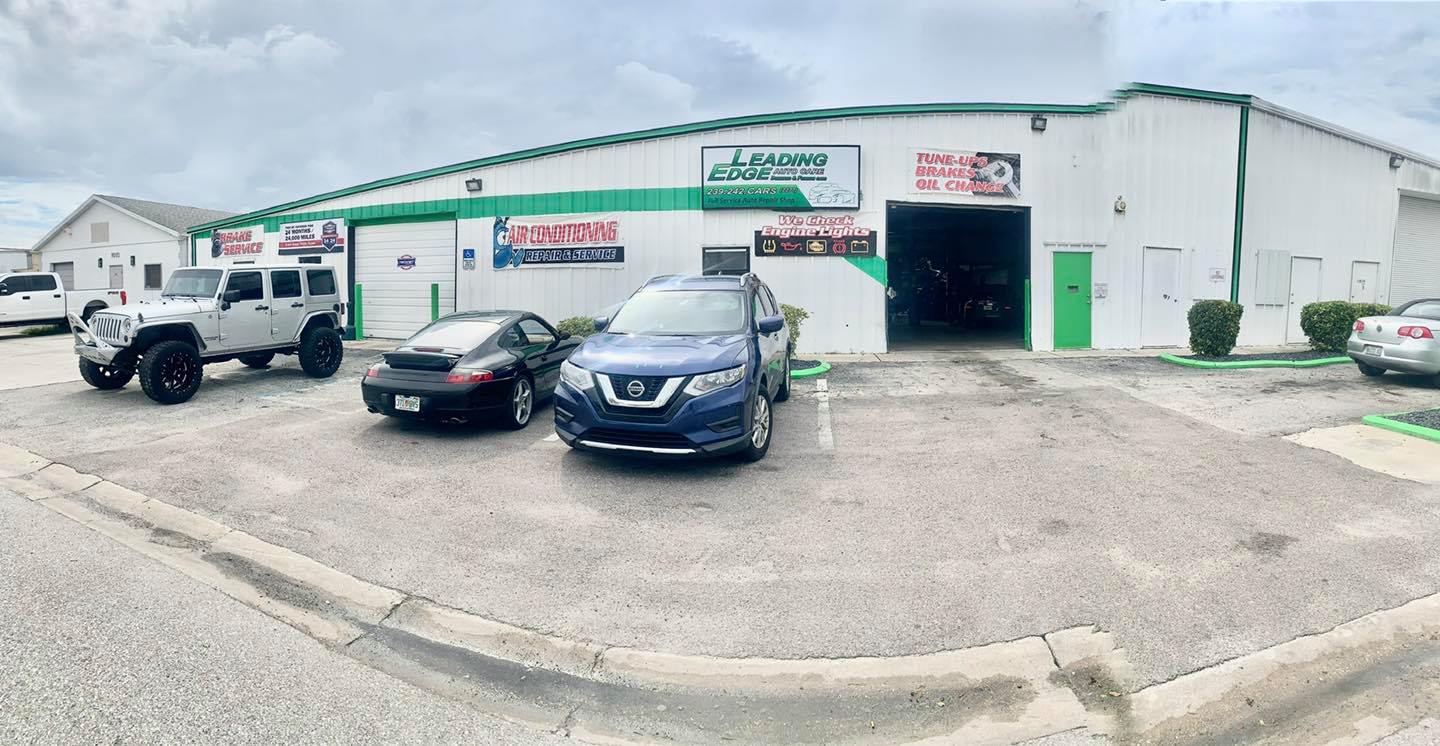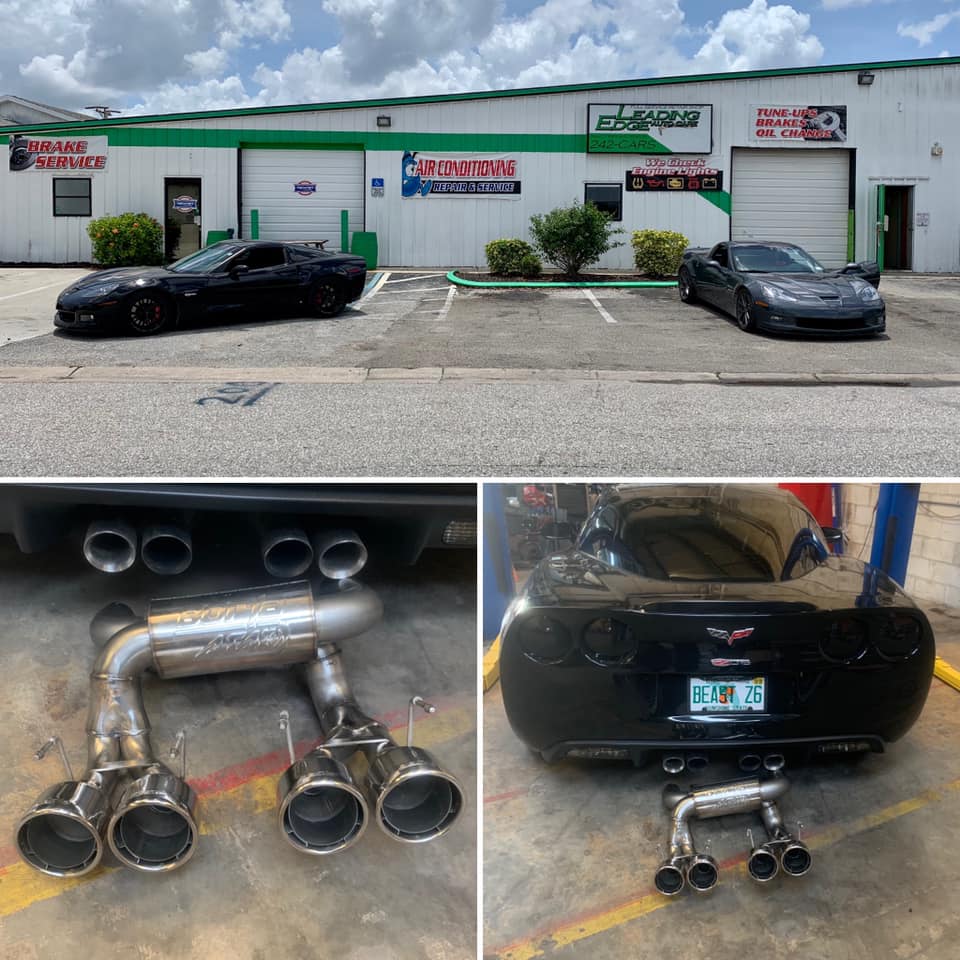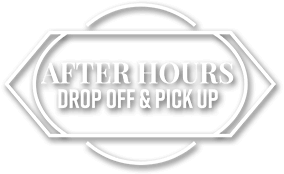WHEEL ALIGNMENT & BALANCE
How smooth is your ride?
Wheel alignment is the position of the wheels relative to your car. When properly aligned, the wheels point in the right direction. Without proper alignment, the wheels resist your steering commands, as well as each other. Alignment also affects gas mileage and tire wear. If your tires are pointed in different directions, they fight against each other and can cause tread wear.
Computerized alignment equipment is used to measure all alignment angles on today's cars. These include both adjustable and non-adjustable angles. (Non-adjustable angles require repair or replacement of the suspension component.) The most common adjustable angles are:
- Toe:
This refers to the tilted direction of the wheels toward or away from one another when viewed from the top. Toe is the most critical tire wearing angle. Tires that "toe-in" point toward one another. Tires that "toe-out" point away from each other.
- Camber:
This refers to the tilt of the wheels toward or away from one another when viewed from the front. Wheels that tilt in toward the vehicle have "negative camber." Wheels that tilt away from the vehicle have "positive camber."
- Caster:
This refers to the angle of the steering axis in relation to an imaginary vertical line through the center of the wheel when viewed from the side. "Positive caster" is the term used when the vertical line is tilted back toward the rear. If it's tilted forward, we call it "negative caster." The proper caster angle stabilizes your car for better steering.
- Thrust Angle:
This refers to the relationship of all four wheels to each other, as well as their relationship to an imaginary center line that runs from bumper to bumper. The term "thrust line" refers to the direction in which the rear wheels are pointed. Thrust angle is correctable on cars with adjustable rear suspensions. If your car has a non-adjustable suspension, thrust angle is compensated for by aligning the front wheels to the rear wheels.
- Wheel Balance:
Often confused with wheel alignment, a properly balanced wheel is a beautiful, perfectly tuned wheel-tire combination. This is accomplished by placing measured lead weights on the opposite side of the "heavy spot"—the noticeable tread wear on your unbalanced tire.
- How do I know if I need my wheels balanced?
Is your vehicle vibrating at certain speeds, say, between 50 and 70 mph? If so, chances are your wheel is out of balance. One section of your tire is heavier than the other because it's endured more exposure to the friction and heat of the road. Come in for prompt, professional service—most people are very satisfied with the difference such a simple and inexpensive procedure makes. Look for these signs, and if you find either one, come see us:
- Scalloped, erratic wear pattern on tires.
- Vibration in steering wheel, seat, or floorboard at certain speeds.
We proudly service the Fuel Injection needs of customers in Cape Coral, FL, Fort Myers, FL, Naples, FL, and the surrounding areas.
REQUEST SERVICE
Contact Us
We will get back to you as soon as possible
Please try again later

"Got a serpentine belt changed here and it took the time they said it would. Very nice owner, very professional. I really like the clean facility! I can definitely see myself doing business here again in the future."
Blake G
More Reviews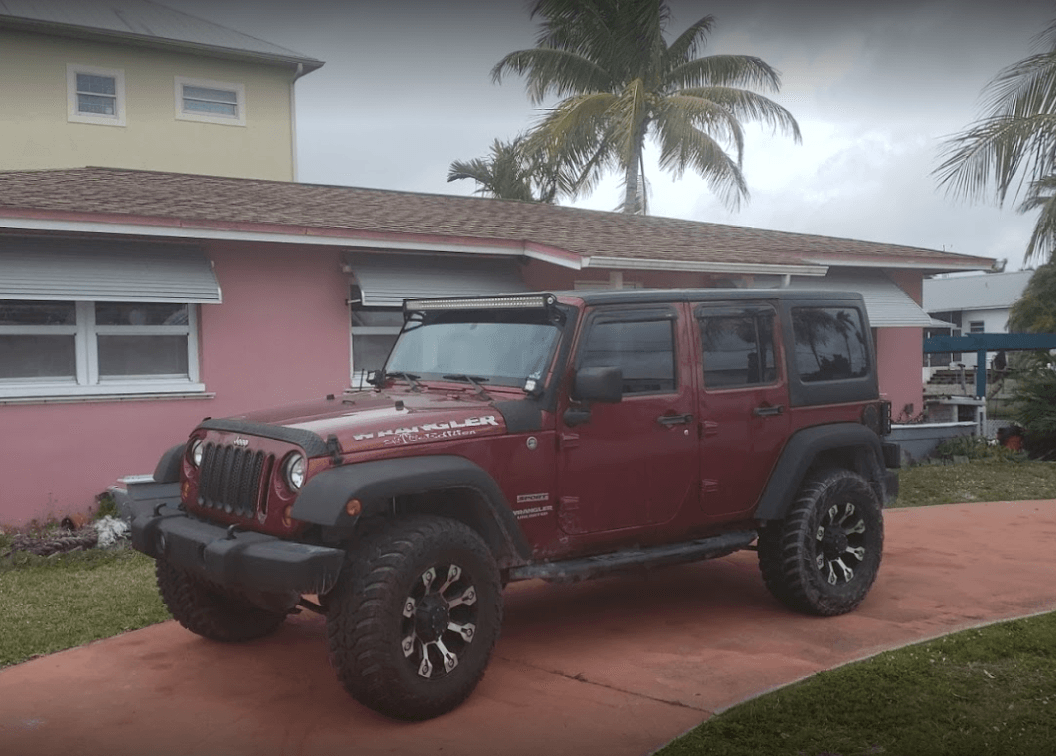
"My jeep was here stuck in insurance hell for 4 months. Dave and the crew were thorough and stuck with the claim all the way. Thank you guys for the help."
John Saad
Button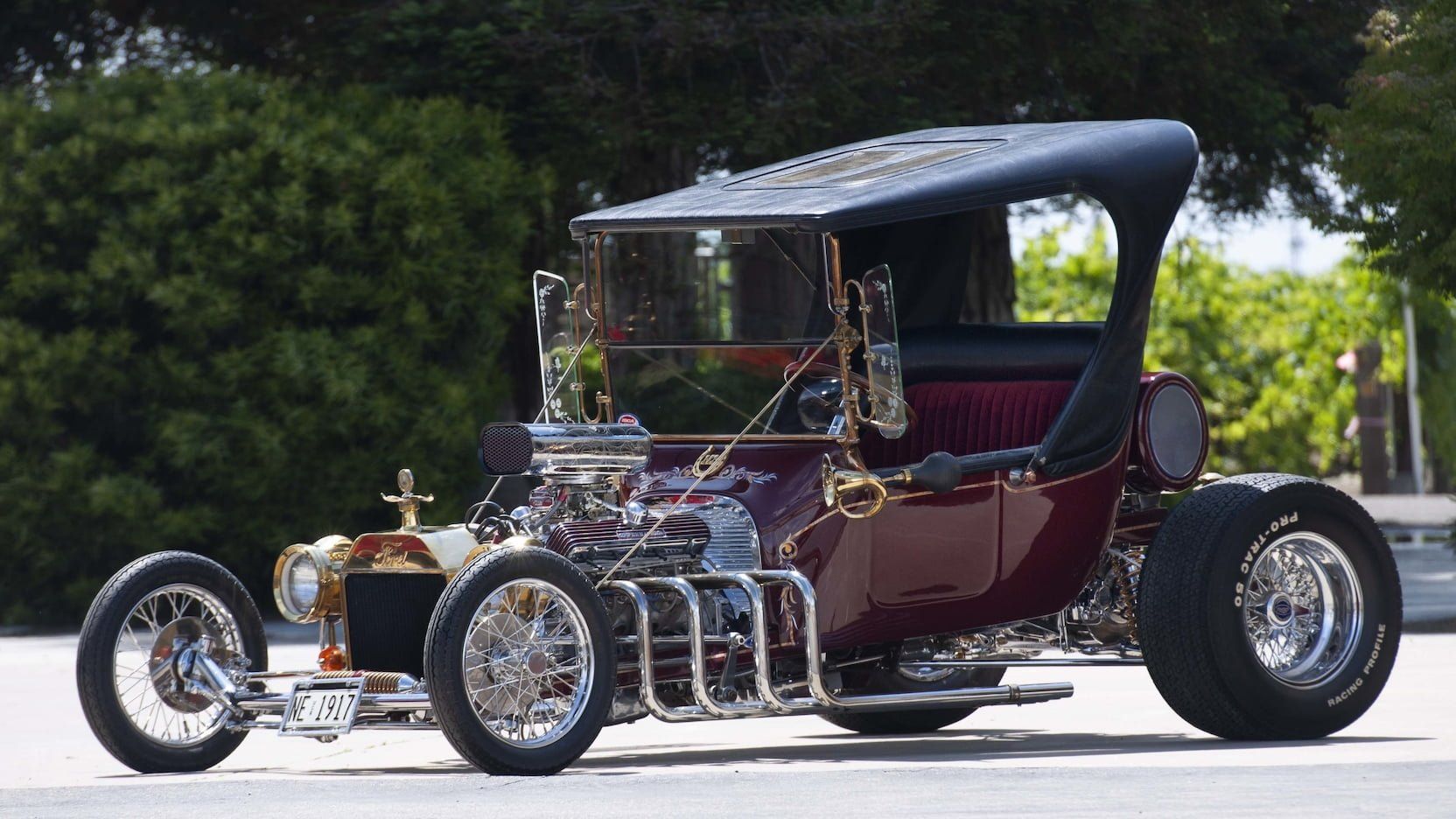
"I have taken my t-bucket to several local shops to have the carburetor tuned. Finally, I tried to tune it myself, big mistake!! Dave said he could help me. I had a rollback pick it up & transport it to the Leading Edge not running. In by less than 24 hrs Dave called me. Car is running best it ever has. Thank you Dave and your team."
Dennis Owens
Button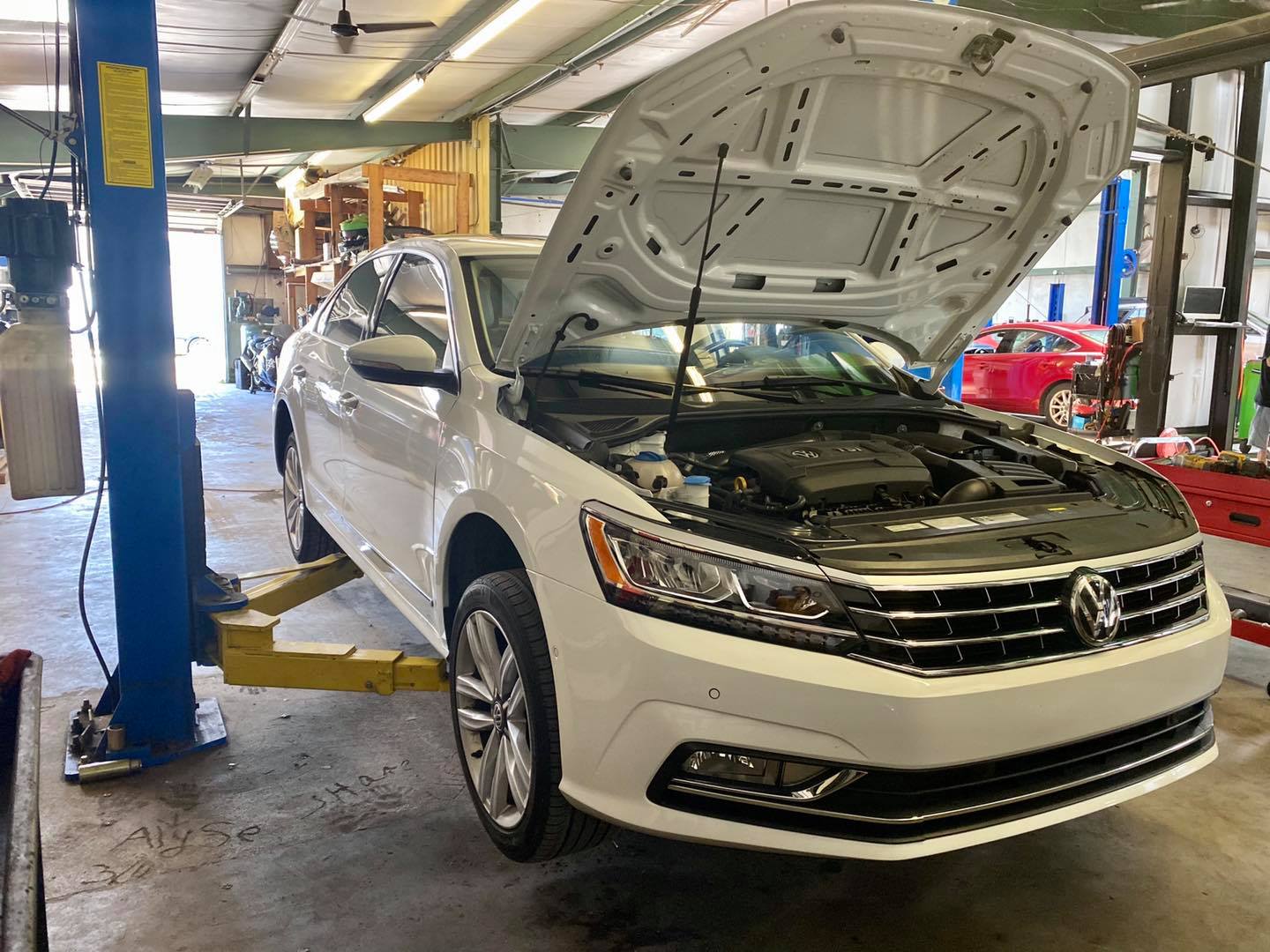
"So far the best place I went to out in the cape. The staff is very professional and friendly and extremely knowledgeable. Definitely the best experience I had with any automotive business. If I could rate 10 stars I would. And I would definitely refer them to anyone needing auto care or service work done. Will definitely be coming back for anything auto related"
D Mitchell
Button
"David, Ron, and Alex are absolutely amazing. It's been an absolute pleasure to have done business with them. They did a fantastic job on my Stillen Catback Exhaust for my Stinger. They are fair and very reasonable. The price was right and fair furthermore the quality and workmanship were top notch. Moving forward this will be the only place I come to for all my automotive needs. I highly recommend them! When you call feel free to use me as a reference."
Miguel Figueroa
Button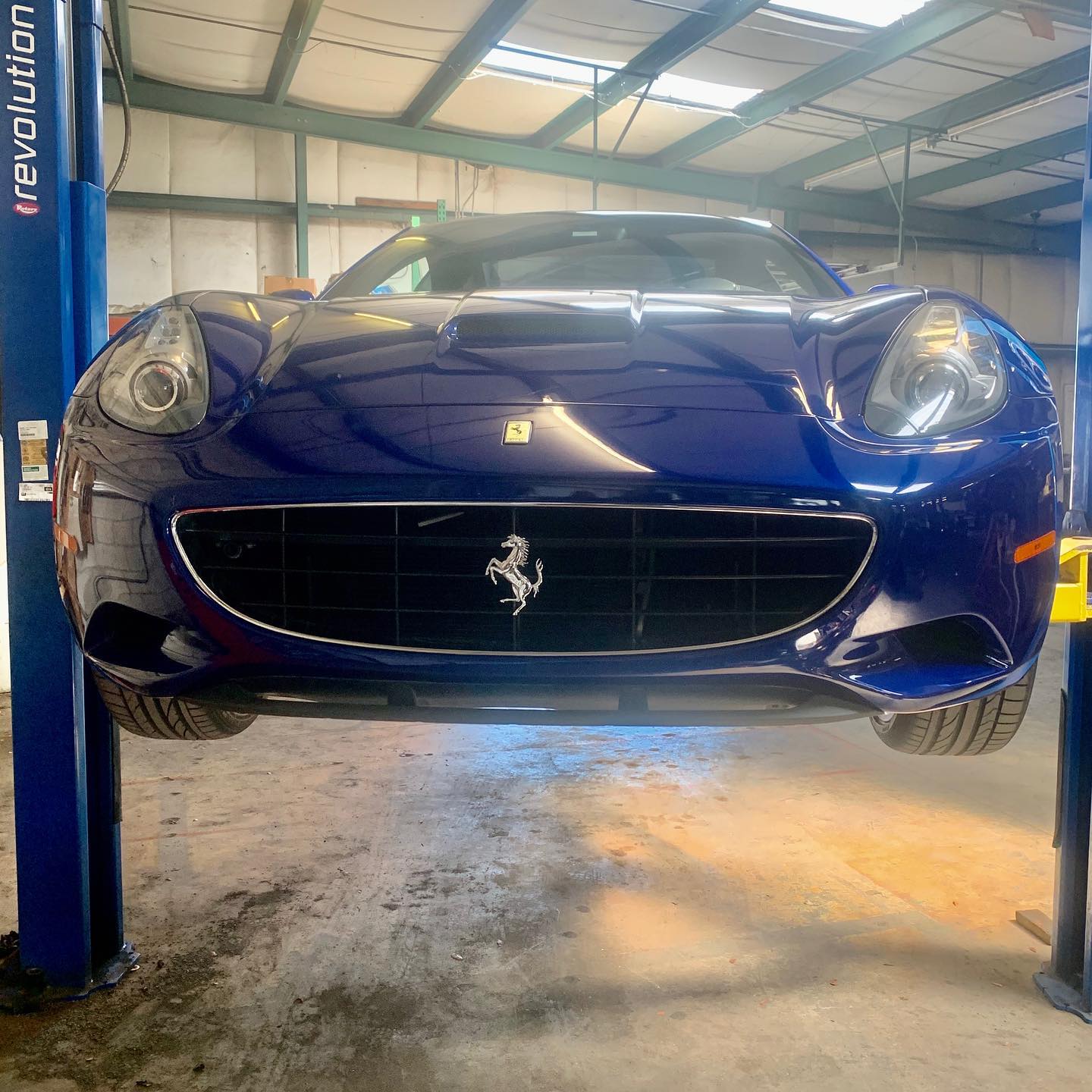
"Nice, clean shop. Great service and friendly employees."
Steve LaBrant
Button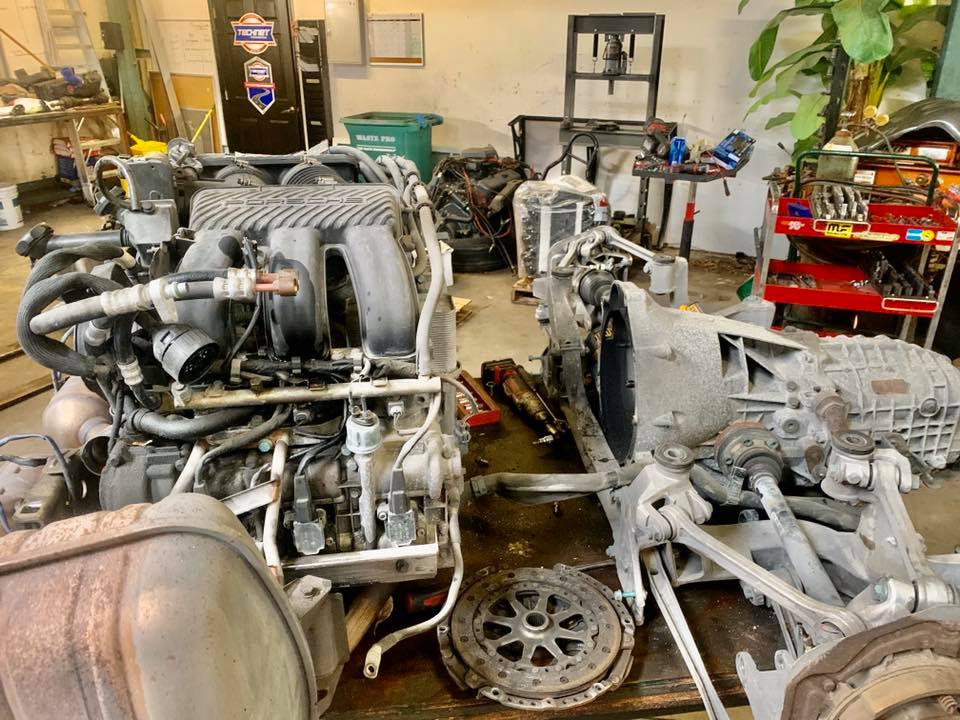
"I was considering the purchase of a car from out of state (I'm located across the country). Leading Edge Auto Care performed a pre-sale inspection for me as well as a standard service for the current owner. Their assessment was thorough (29 point inspection and ran codes), honest, and straightforward. I can't thank them enough for their POV on the vehicle which helped inform my purchase decision. Shout out to David who helped me out on this seamlessly over the phone! Thanks again, Leading Edge!"
Tyler Coster
Button

"Got a serpentine belt changed here and it took the time they said it would. Very nice owner, very professional. I really like the clean facility! I can definitely see myself doing business here again in the future."
Blake G
More Reviews
"My jeep was here stuck in insurance hell for 4 months. Dave and the crew were thorough and stuck with the claim all the way. Thank you guys for the help."
John Saad
Button
"I have taken my t-bucket to several local shops to have the carburetor tuned. Finally, I tried to tune it myself, big mistake!! Dave said he could help me. I had a rollback pick it up & transport it to the Leading Edge not running. In by less than 24 hrs Dave called me. Car is running best it ever has. Thank you Dave and your team."
Dennis Owens
Button
"So far the best place I went to out in the cape. The staff is very professional and friendly and extremely knowledgeable. Definitely the best experience I had with any automotive business. If I could rate 10 stars I would. And I would definitely refer them to anyone needing auto care or service work done. Will definitely be coming back for anything auto related"
D Mitchell
Button
"David, Ron, and Alex are absolutely amazing. It's been an absolute pleasure to have done business with them. They did a fantastic job on my Stillen Catback Exhaust for my Stinger. They are fair and very reasonable. The price was right and fair furthermore the quality and workmanship were top notch. Moving forward this will be the only place I come to for all my automotive needs. I highly recommend them! When you call feel free to use me as a reference."
Miguel Figueroa
Button
"Nice, clean shop. Great service and friendly employees."
Steve LaBrant
Button
"I was considering the purchase of a car from out of state (I'm located across the country). Leading Edge Auto Care performed a pre-sale inspection for me as well as a standard service for the current owner. Their assessment was thorough (29 point inspection and ran codes), honest, and straightforward. I can't thank them enough for their POV on the vehicle which helped inform my purchase decision. Shout out to David who helped me out on this seamlessly over the phone! Thanks again, Leading Edge!"
Tyler Coster
Button
How smooth is your ride?
Wheel alignment is the position of the wheels relative to your car. When properly aligned, the wheels point in the right direction. Without proper alignment, the wheels resist your steering commands, as well as each other. Alignment also affects gas mileage and tire wear. If your tires are pointed in different directions, they fight against each other and can cause tread wear.
Computerized alignment equipment is used to measure all alignment angles on today's cars. These include both adjustable and non-adjustable angles. (Non-adjustable angles require repair or replacement of the suspension component.) The most common adjustable angles are:
- Toe:
This refers to the tilted direction of the wheels toward or away from one another when viewed from the top. Toe is the most critical tire wearing angle. Tires that "toe-in" point toward one another. Tires that "toe-out" point away from each other.
- Camber:
This refers to the tilt of the wheels toward or away from one another when viewed from the front. Wheels that tilt in toward the vehicle have "negative camber." Wheels that tilt away from the vehicle have "positive camber."
- Caster:
This refers to the angle of the steering axis in relation to an imaginary vertical line through the center of the wheel when viewed from the side. "Positive caster" is the term used when the vertical line is tilted back toward the rear. If it's tilted forward, we call it "negative caster." The proper caster angle stabilizes your car for better steering.
- Thrust Angle:
This refers to the relationship of all four wheels to each other, as well as their relationship to an imaginary center line that runs from bumper to bumper. The term "thrust line" refers to the direction in which the rear wheels are pointed. Thrust angle is correctable on cars with adjustable rear suspensions. If your car has a non-adjustable suspension, thrust angle is compensated for by aligning the front wheels to the rear wheels.
- Wheel Balance:
Often confused with wheel alignment, a properly balanced wheel is a beautiful, perfectly tuned wheel-tire combination. This is accomplished by placing measured lead weights on the opposite side of the "heavy spot"—the noticeable tread wear on your unbalanced tire.
- How do I know if I need my wheels balanced?
Is your vehicle vibrating at certain speeds, say, between 50 and 70 mph? If so, chances are your wheel is out of balance. One section of your tire is heavier than the other because it's endured more exposure to the friction and heat of the road. Come in for prompt, professional service—most people are very satisfied with the difference such a simple and inexpensive procedure makes. Look for these signs, and if you find either one, come see us:
- Scalloped, erratic wear pattern on tires.
- Vibration in steering wheel, seat, or floorboard at certain speeds.
We proudly service the Fuel Injection needs of customers in Cape Coral, FL, Fort Myers, FL, Naples, FL, and the surrounding areas.
REQUEST SERVICE
Contact Us
We will get back to you as soon as possible
Please try again later

"Got a serpentine belt changed here and it took the time they said it would. Very nice owner, very professional. I really like the clean facility! I can definitely see myself doing business here again in the future."
Blake G
More Reviews
"My jeep was here stuck in insurance hell for 4 months. Dave and the crew were thorough and stuck with the claim all the way. Thank you guys for the help."
John Saad
Button
"I have taken my t-bucket to several local shops to have the carburetor tuned. Finally, I tried to tune it myself, big mistake!! Dave said he could help me. I had a rollback pick it up & transport it to the Leading Edge not running. In by less than 24 hrs Dave called me. Car is running best it ever has. Thank you Dave and your team."
Dennis Owens
Button
"So far the best place I went to out in the cape. The staff is very professional and friendly and extremely knowledgeable. Definitely the best experience I had with any automotive business. If I could rate 10 stars I would. And I would definitely refer them to anyone needing auto care or service work done. Will definitely be coming back for anything auto related"
D Mitchell
Button
"David, Ron, and Alex are absolutely amazing. It's been an absolute pleasure to have done business with them. They did a fantastic job on my Stillen Catback Exhaust for my Stinger. They are fair and very reasonable. The price was right and fair furthermore the quality and workmanship were top notch. Moving forward this will be the only place I come to for all my automotive needs. I highly recommend them! When you call feel free to use me as a reference."
Miguel Figueroa
Button
"Nice, clean shop. Great service and friendly employees."
Steve LaBrant
Button
"I was considering the purchase of a car from out of state (I'm located across the country). Leading Edge Auto Care performed a pre-sale inspection for me as well as a standard service for the current owner. Their assessment was thorough (29 point inspection and ran codes), honest, and straightforward. I can't thank them enough for their POV on the vehicle which helped inform my purchase decision. Shout out to David who helped me out on this seamlessly over the phone! Thanks again, Leading Edge!"
Tyler Coster
Button
© 2025 The content on this website is owned by us and our licensors. Do not copy any content (including images) without our consent.
This website was thoughtfully created by SWFL Media Consultants






